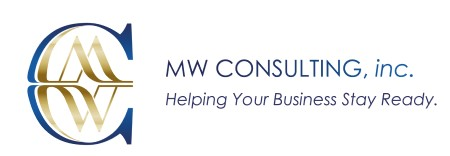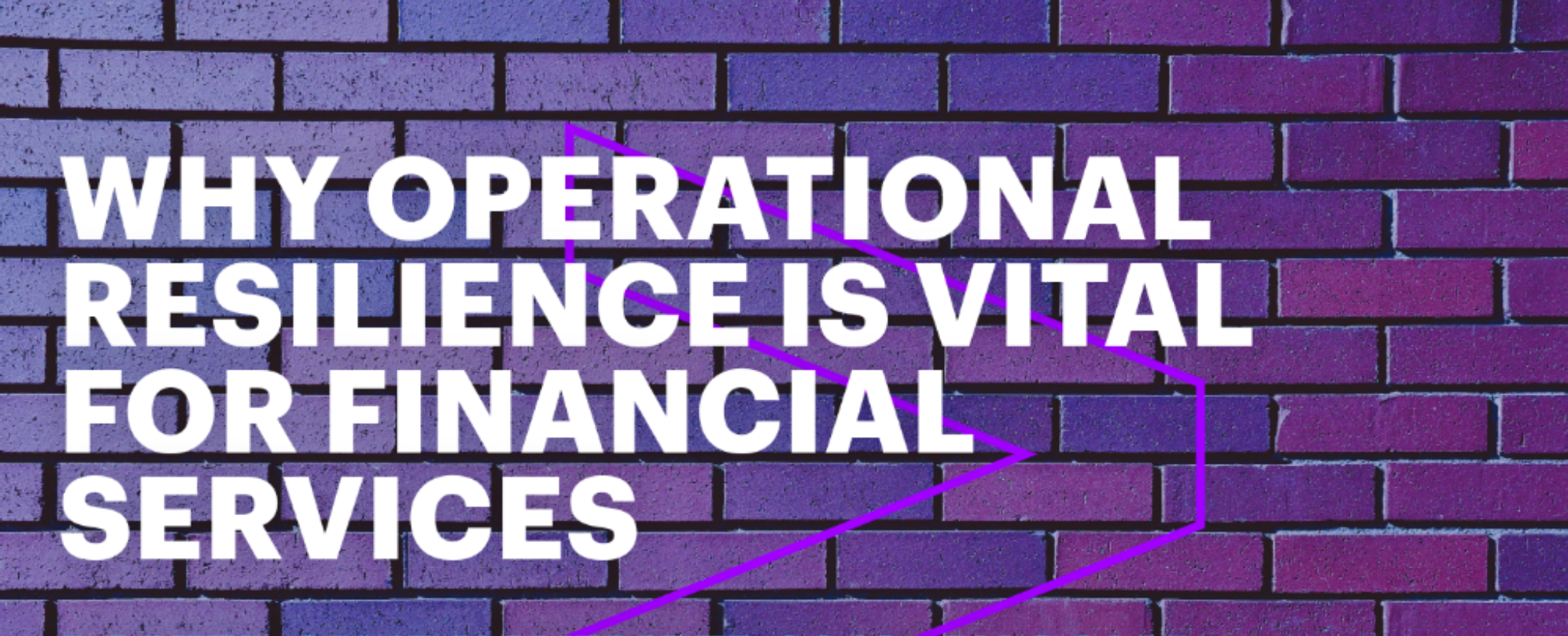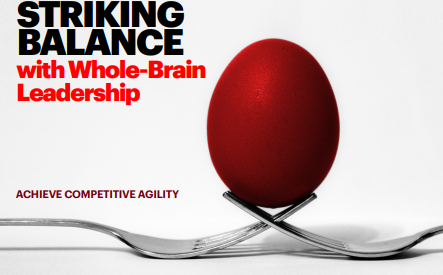NOVEMBER 20, 2019 RESEARCH REPORT
In brief
- Businesses today operate in a complex and volatile environment, and the demands of the C-suite are more dynamic than ever.
- Leaders need to balance expectations of society, customers and shareholders, while maintaining competitive advantage and long-term sustainability.
- Learn how advances in AI are helping leaders and board members make informed, data-driven decisions to address challenges and create lasting impact.
SHARE
A Hong Kong wealth management company is now using AI to assist its board in making decisions by helping weighing up risks and calculating outcomes. Based on its analysis, the applied technology makes recommendations about the validity of investment propositions and casts a vote, which is counted alongside those of its fellow human board members.
It may sound like a scene from a futuristic film, but it’s not. This example illustrates a growing shift that boards and C-suites are currently undergoing as AI plays an increasingly present role in enterprise leadership and decision-making.
With so much geopolitical and economic change occurring globally, pressure on executive leaders to drive performance results increases constantly. New players might threaten to disrupt the market, and leaders seem to be hyper-aware of the need to emulate the speed and scale of digital natives to remain competitive.
The pressure to meet customers’ expectations is also high on the business agenda, as is the duty to deliver in a socially-responsible manner. And, amid all this, enterprises continue to face shareholder demands, as they work to remain predictable and consistent with respect to performance. Bringing AI and analytics to the boardroom will help leaders address these challenges and create lasting impact across the whole enterprise, proving intelligent technologies are no longer a business advantage—they could be an operational imperative.
With so much on their plate, board members and C-suite leaders need to look at new ways of setting and delivering on expectations to maintain their edge.
While technology has no-doubt added to this mounting pressure, it’s also a key enabler in helping to address it. Bringing AI and analytics to the boardroom will help leaders address these challenges and create lasting impact across the whole enterprise, proving intelligent technologies are no longer a business advantage—they could be an operational imperative.
Bring intelligence into the boardroom
AI-derived boardroom insights can take many different forms and include:
Intelligent advice
Perhaps the most prevalent form is the intelligent advisor. While board members have a team of advisors and receive a lot of input from different business leaders, an AI-powered advisor offers additional, analytically-based insights to complement their own judgment and support to validate their thinking on strategic decisions.
Despite the potential, awareness of intelligent advisors to assist the C-suite is not high yet. But some sectors are clearly leading the way.
For example, Procter and Gamble set up its own AI-powered digital cockpit to give business-wide oversight of its data. Now during quarterly reviews, the CEO—along with the CIO, chief analytics officer and other senior leaders—sits in that cockpit to understand the business, with the ultimate aim of deriving data-driven insights to inform business decisions at the topmost level.
Supply chain insights
In another case, Airbus developed an open data platform to help monitor business operations. By integrating their data with that of other airline companies, they should be able to see manufacturing progress and performance overviews.
This platform also helps the company to provide insights back to their customers, manufacturing units and suppliers, creating visibility of their supply chain. As a result, they have improved overall airline uptime and flight experience, while enhancing their entire manufacturing process by informing suppliers and parts manufacturers about the inventories they need to hold in advance of any predicted maintenance.
Future possibilities
Looking to the next five years, two areas within the field of AI will see significant development: natural language processing (NLP) and machine vision. By combining voice and vision capabilities with existing advances in analytics and AI, the sophistication of applied intelligence services, and the decision-making capabilities it enables, are going to significantly improve. In turn, this will create new, unparalleled possibilities for the C-suite.As we think about all of these new possibilities and great outcomes, one of the most important aspects that leaders should consider is how to create a responsible and sustainable business with the help of AI.
Prepare for the AI-assisted advance
For executive leaders to make the most of these technologies, there are four key considerations:
- Top level sponsorship: Historically there has been a lot of fear and skepticism surrounding AI—making top-level buy-in a key step to affirm belief in the impact of these technologies. Companies risk the failure of their technology implementation if this sponsorship is not there.
- Halo projects as proof points: C-suite executives should be vocal about these projects, investing time and effort into their running and rewarding those involved. This creates a pull factor and builds support and excitement for future projects.
- Trust in the technology: This point is highly important. Being transparent about the algorithm is one way to increase trust—the algorithm should not be a black box; it should be understandable and explainable.
- AI literacy across the enterprise: Building AI capabilities and understanding beyond the IT department is a fundamental step. If everyone in the organization has foundational knowledge, they will be able to speak about these topics with a certain degree of confidence, which will go a long way in driving the cultural change needed within the enterprise.
As we think about all of these new possibilities and great outcomes, one of the most important aspects that leaders should consider is how to create a responsible and sustainable business with the help of AI. This focus should extend beyond economic output and growth, into how technology can help organizations to have a lasting, positive impact on the quality of our lives.
























